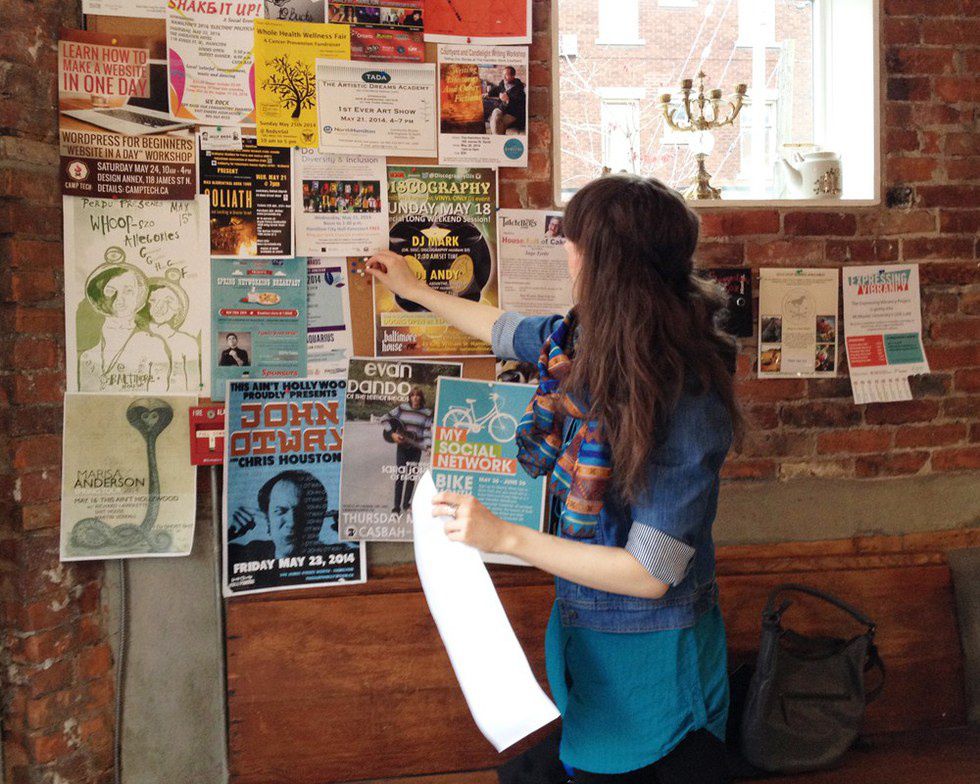Like the books, the Netflix adaptation of "A Series of Unfortunate Events" begs you, in Patrick Warburton’s dulcet, no-nonsense tone, to walk away from the story. Don’t listen.
Instead, watch how the story of three suddenly orphaned children unfolds as they rely on their own wits and resourcefulness to outsmart the count that wants them dead. It might be a familiar story to you already, and if so, you’ll feel right at home with the show. The hype surrounding the new adaptation has been bubbling ever since an amazingly clever social media campaign in 2015, and culminated in Netflix binges and rave reviews since its release on Friday (the 13th, cute).
I am personally, unendingly fond of the thirteen novels— I binged them in libraries and Barnes & Noble aisles years before Netflix monopolized that term for eight dollars a month. A plucky trio surviving by relying on themselves and their unique skill sets, despite incompetent adults and against all odds? An absolute inspiration to kids keen on independence. Each book was quirky and edgy, and author Daniel Handler explained 10 dollar words and foreign concepts to his audience of preteens with well-timed, unpatronizing narrative interruptions. The books were meta and playful and the just right amount of challenging in a way that, say, Harry Potter couldn’t achieve, while remaining grounded in their dark story. And I treasured this franchise that interacted so much with the reader without ever being condescending.
It’s that fondness that made me overlook or otherwise forgive some of the shortcomings of the 2004 film. Meryl Streep basically embodies perfection in everything she does, and Jim Carrey’s Count Olaf looked perfect, but Carrey played himself more than anything else (in the non-DJ Khaled form of the phrase). The movie’s campiness did, in fact, feel like condescension in the end.
Thirteen years have past since that adaptation, and the show seems to do what the film could not. Neil Patrick Harris’ Olaf becomes more genuine villain and less Jim Carrey plus a fake nose. Every frame of the eight-episode first season is dark but playfully quirky. Sets are washes of grey cut inexplicably with bright colors. Scenes left purposefully vague in the books to allow of reader interpretation are brought to life and feel just the right amount of wrong thanks to Netflix’s big budget and mixed usage of special effects. The deadpan and intelligent vibe is also very faithful to the source material, crediting Handler himself as writer for five episodes. There are clues and puns and Easter eggs hidden in the weirdness and grunge of the Tim Burton slash Wes Anderson-esque world.
I’m glad to return to that world all these years after the books wrapped up, especially since discovering the books during my formative years made my humor dryer and grammar gooder (ha!). I spent recesses discussing theories and speculation with friends, or twisting our brains around the teasers at the end of each book. They were clever, memorable, and darkly charming when other books often were not, and it’s comforting to see it rise from the ashes of a disappointing adaptation and boast absolutely stellar reviews. It’s comforting to see the orphans again.
So despite Netflix’s polite requests (and the theme song sung by Neil Patrick Harris), I will not be looking away just yet.


















